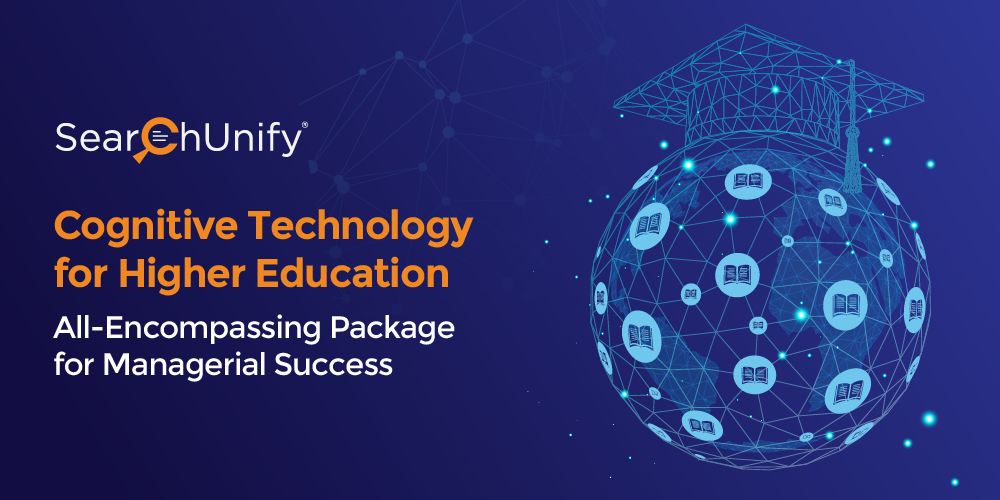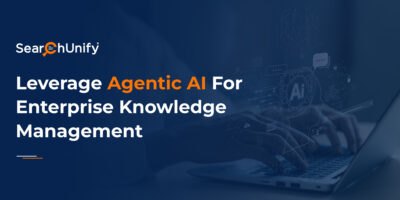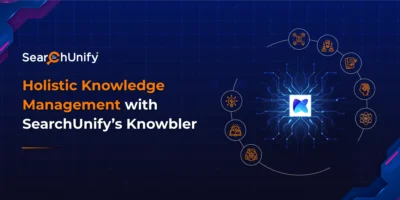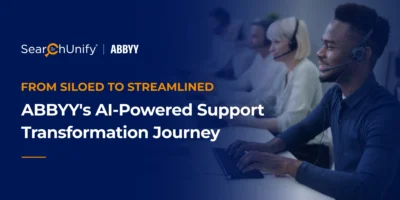
Is it just me, or is January flying by? Either way, I hope you’re having a productive one.
Previously on our higher education series, we covered how the pandemic set the users—students and educators—on a path of disarray. The final installment of this saga is dedicated to none other than the Management.
There’s no shred of doubt that higher education institutions (HEIs) weathered the pandemic as gracefully as they could. But with digital pedagogy becoming the norm now, they are confronted with a new set of challenges—user engagement and experience.
This post lists the managerial obstacles and how cognitive technology reshapes them into opportunities. Fasten your seatbelts, folks; it’s adventure time!
Pandemic-to-Permanent: Top 5 Problems Faced by Management
In addition to taking care of the troubles encountered by learners and educators, management stayed under immense pressure to make the experience of prospective students, existing accounts, and interested applicants seamless. Let’s take a look!
Obstacle 1: Unable to Tame the ‘Data Silos’ Beast
The digital revolution pushed education institutions to develop an online presence in the form of comprehensive websites, virtual classrooms, digital libraries, student & alumni communities, and social media. This made it easier for everyone to function or reach out to the HEIs.
But there seems to be trouble in paradise. As the data accumulates across sources, it gives birth to data silos that unearth a whole gamut of problems—poor content findability, impersonal experience, and whatnot—on digital avenues.
Sometimes, the user ends up being stuck in an endless loop of switching between different platforms while looking for information. This hinders their engagement.
Solution: Here’s how cognitive technology helps. It indexes disparate sources and creates a one-stop knowledge shop with the help of its native connectors and robust API. This improves content discovery and helps deliver a hassle-free experience.
Obstacle 2: Deliver Inadequate Search Analytics
Self-service portals are only as good as the information they provide to the users. But how can we gauge if the surfaced content is doing the job or not? If not, is some knowledge missing or is it just due for an update?
If you are thinking website analytics, you might be mistaken, my friend! While they report how your web pages are performing, they fail to provide rich insights into content efficacy and gaps.
Solution: This is where cognitive technology steps in. By leveraging real AI, it offers real-time insights to identify content gaps and understand what users truly desire from your platform. Therefore, allowing you to make informed and smarter decisions.
[ALSO READ: How Cognitive Technology is the Catalyst to Delivering Best‑in‑Class Digital Learning Experiences]
Obstacle 3: Cater Impersonal Experience
Universities & colleges regularly come across a multitude of users. And there is an unsaid expectation for optimized content discovery and personalized experience. If not met, they reach out to support staff for help via e-mails or calls.
Subsequently, the administrative workers remain stuck in the bubble of answering simple questions rather than handling complex tasks. This raises an important question: how can HEIs ensure that every user has a relevant and tailored experience?
Solution: Cognitive technology is the answer. ML-assisted search sifts through the user data based on their profile, patterns, and search history to ensure users only see highly personalized results that are relevant to them.
Obstacle 4: No Round-the-Clock Assistance
Information is accessible to everyone at any time now, thanks to digital transformation! Your prospects, students, and educators visit your digital properties as and when they please. But when they need additional guidance, it might be possible that your support staff are unavailable.
That can not only drive prospective students elsewhere but also impede your existing students’ learning. Therefore, it calls for a solution that can cater to your visitors’ needs all the time, thus offloading some burden of the support team.
Solution: This is where an intelligent chatbot comes into play. It leverages NLP capabilities to address and frame contextual responses for instant query resolution at any time. Hence, it acts as a virtual assistant that offers tailored and 24X7 assistance without human intervention. Impressive, right?
Obstacle 5: Wade through Security Threats
Data security is a big challenge across various industries, and the education sector is no exception. Academia has a cornucopia of sensitive data related to students, admissions, enrollments, attendance, faculty, exams, etc. On top of it, the fee payments and staff salaries are online too. This allures cybercriminals to make inroads for exploiting vulnerabilities and executing intricate attacks.
Traditional cybersecurity systems won’t cut it anymore. Read this blog post to know more details. Hence, it is imperative to take actions against cyber threats in real-time.
Solution: Wondering how cognitive technology can combat cyber risks? Some solutions use a “military-graded” cipher for data-at-rest and TLS1.3, conducts both internal & third-party VAPT, and meets industry protocols such as OAuth 2.0, JWT & SAML 2.0.
Knock Out the Achilles Heel of Your Institutions in One Fell Swoop
Long gone the era to adopt ‘digital-approach.’ Now, being ‘digital-best’ should be on your agenda. Only then can you embark on a journey to gain credibility, boost enrollment, and fulfill users’ expectations.
It’s time to put the clipboard down and get in the game by integrating a enterprise agentic platform like SearchUnify. Download this brochure and learn how it can eliminate all these hassles in one go.
If you need more detailed tips to refine your users’ experience or want to see real AI in action, request a demo today!
Hasta la vista!



















